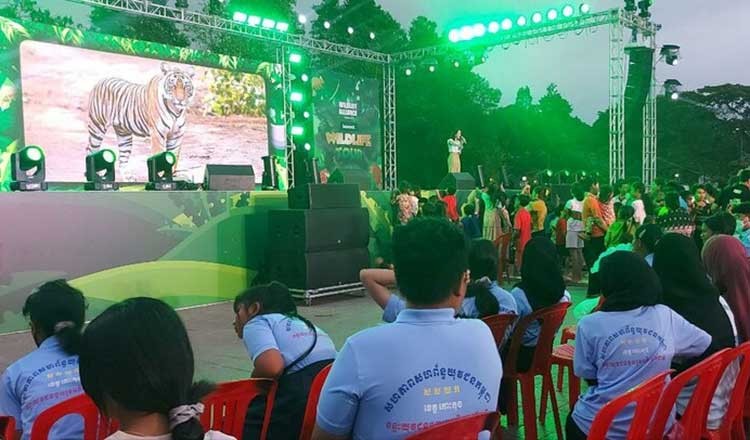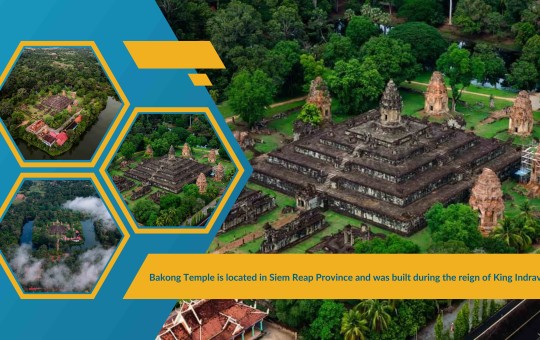
Tatai in Cardamoms gets ready to welcome Indian tigers
Snare-free Tatai wildlife sanctuary in the Cardamom Mountain will welcome tigers from India by year-end, Suwanna Gauntlett, founder and CEO of Wildlife Alliance, said on Sunday.
“I want to tell you that tiger zone will have no snares. It is snare-free and the tigers will be safe there. The tigers from India will find a good home in Tatai,” Gauntlett said.
Cambodia is bringing tigers from India to be released into the Tatai wildlife sanctuary because the number of the endangered species is considered extinct in the protected areas of Cambodia since 2007.
Undersecretary of State at the Ministry of Environment, Sokheng Novin, said that Cambodia and India have signed a joint rehabilitation project as a historic step towards the conservation of the tiger. “This large project of tigers in the Cardamom Mountain will strengthen the biodiversity growth.”
He added that the Cambodian government has set aside 90 hectares of forest land in the Tatai Wildlife Sanctuary of the Cardamom Mountains and a fence will be set up around the area to help the tigers adapt after they were released in to the forest.
He said that India highly appreciated Cambodia’s efforts to conserve natural resources and considered Cambodia as an important geopolitical location for India to support the tiger rehabilitation programme.
No tiger has been spotted in Cambodian forests for the last 15 years. The last picture of a tiger was taken in the eastern highlands of Cambodia in 2007.
The country is now committed to have the tigers, which is included in the IUCN Red List of Endangered Species, back to its forests.
“We will have a tiger hot line, if people spot a tiger they can report through the hotline. Right now, I want to tell everyone that the danger isn’t the tiger to the human, but human to the tiger because tigers were killed in the Cardamoms in the past,” Suwanna added.
The Wildlife Alliance in collaboration with Ministry of Environment will soon process the relevant documents and other requirements needed for the Indian government to transport the tigers to Cambodia within the next nine months.
Suwanna noted that the Wildlife Alliance will provide the Ministry of Environment with necessary ground and field works to bring the tigers from India.
“The biggest challenge is to protect the tigers from snaring and illegal hunting. Snaring caused
the extinction of tigers from Cambodia in 2007,” she said.
Suwanna added that if the tigers cause any damage or casualties, the Wildlife Alliance and the Ministry of Environment will ensure compensation for the victims. However, the villagers are advised to stay away from the tiger zone.
Koh Kong Provincial Governor, Mithona Phouthorng, said that the preservation efforts in the Cardamom Mountains will ensure the re-emergence of the big cats in Cambodia, while the Cardamom Mountains REDD + project is receiving support from international stakeholder to buy carbon credits from this wildlife sanctuary.
She added that Cardamom Mountain is the best place for the tigers because the area is free from trapping and illegal hunting. She also appealed to the people to stop eating bushmeat and illegally logging the forest. She hopes that the project will help people living near the protected area to join the tiger preservation project.




